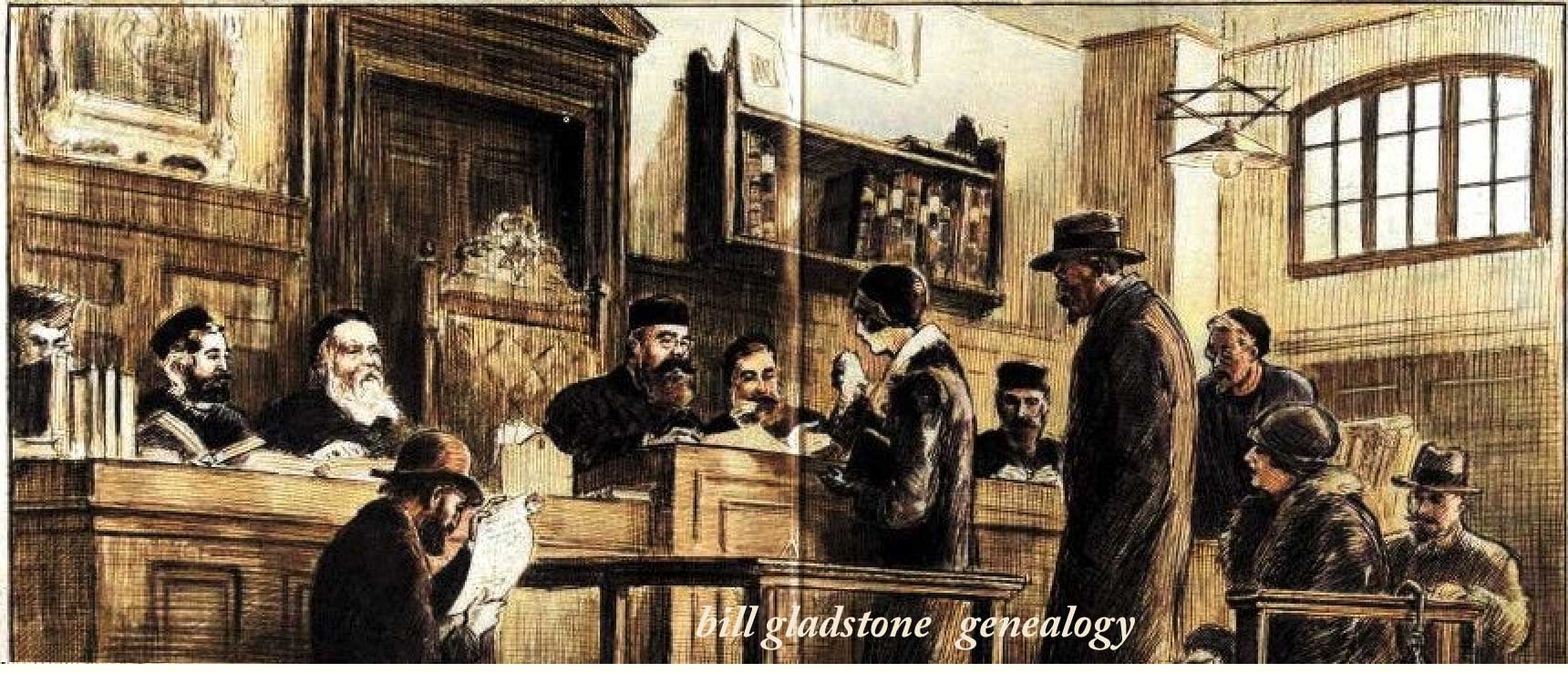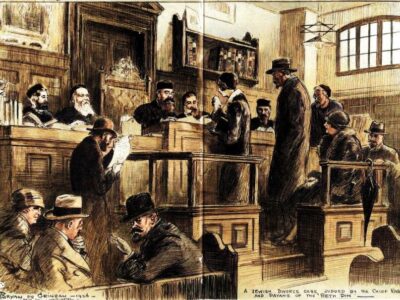Dr. Arthur Squires, former chief of medicine at Toronto’s Wellesley Hospital, was such an outstanding physician that many of his patients, colleagues and friends formed the Squires Club, an organization to honour him upon his retirement in 1974.
Although Dr. Squires died in late June at the age of 92, the Squires Club lives on. As it has done for more than a quarter century, it will likely continue to host an annual fundraising dinner at the Rosedale Golf Club, hand out awards of excellence, bring visiting medical professors to Toronto and support medicine-related projects like a sleep lab or a computer system for a hospital library.
Dr. Arthur Squires, former chief of medicine at Toronto’s Wellesley Hospital. Born in Toronto Oct. 2, 1909; died in Toronto, June 27, 2002.
According to Debbie Beatty, past chairperson of the club, it has about $1 million in its endowment fund. “It will continue even though Art is gone,” she said. “It was formed with the intention of supporting and promoting what we call the ‘art’ of medicine. The ‘art’ stands for Arthur.”
Born in Toronto in 1909, Arthur Squires was the eighth of nine surviving children in a family that lived on Palmerston Blvd. His father, a builder, was born near Stratford, Ont. He went to Harbord Collegiate and became a minor legend on the football field. Graduating from the University of Toronto in1935, he went into internal medicine at the Toronto General Hospital. He married Miriam (Mim) Fox in Toronto in 1940 and served in the Canadian Army Medical Corps during World War II.
“He was a wonderful diagnostician, back in the days when we didn’t have all the diagnostic tools that we have today,” said his son, Gordon Squires, a doctor. “You really needed good listening and examining skills in diagnosing a patient, and he had them. He also had the wonderful ability to teach other doctors to do the same thing.”
“He was very soft-spoken and kind,” said Dr. Robert Hyland, physician-in-chief at Toronto’s St. Michael’s Hospital. “He was the ‘compleat’ physician in a way, in the sense that he was in command of the appropriate academic medical knowledge, but also recognized the importance of the whole patient. The phrase that was always said of him is that he practised the art as well as the science of medicine. He was a very good role model and his patients were absolutely committed to him.”
One of Canada’s first hematologists, Dr. Squires became chief of medicine at Wellesley Hospital in 1955, and held the post for 20 years. At its peak, it was a large university-affiliated hospital with about 650 beds. The province shut it down last year.
“He was a good teacher, but very laid back, very quiet,” said Dr. Robert Volpe, who succeeded him at Wellesley. “He exerted his leadership qualities in a most subtle way. He was never one to indicate in harsh terms what had to be done, it all had to be done in kindly and compassionate fashion.”
Dr. Squires would sometimes invite patients to have tea with him in his office, Dr. Volpe recalled. “He didn’t pay attention to the time at all. He would have these long tea interludes and they would discuss matters of the day, matters of the family, and so on. . . . It didn’t matter to him how long he spent with a patient because money didn’t mean that much to him. He had enough of it and it couldn’t have mattered less.”
Dr. Volpe, who also attended Harbord Collegiate in his youth, said he had heard of Squires’s reputation as a football player and had tried to emulate him; later he took him as a medical role model as well. “He never once failed to show the most profound compassion for his patients. He felt tender towards them and upset by their illnesses. He was the kind of person you’d want as a physician,” Dr. Volpe said.
“They don’t make his type any more.”
Besides helping to establishment the Squires Club, Dr. Squires’s colleagues gave him a portrait sitting with the famed Canadian photographer Yousef Karsh as a retirement gift.
He died after a prolonged illness related to complications from Parkinson’s disease. He was predeceased by his nine brothers and sisters. He leaves his wife Miriam, sons Arthur, Alex (and Kim) and Gordon (and Laurie), and four grandchildren. ♦
© 2002






